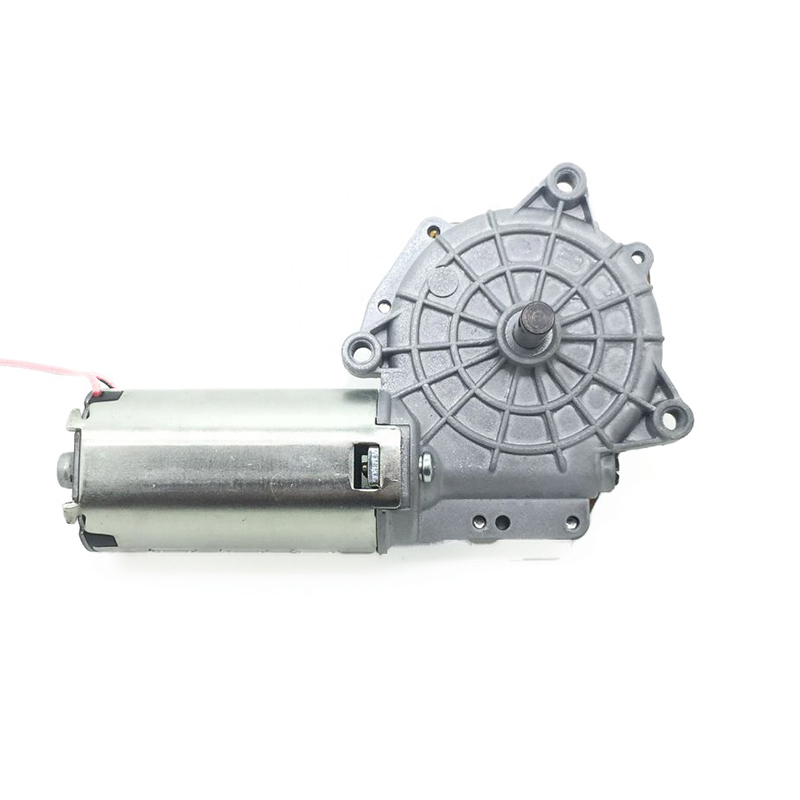 +86-0577-66009580
+86-0577-66009580
 juntmotor@126.com
juntmotor@126.com

Unlike traditional combustion engines, electric car engines produce zero tailpipe emissions, significantly reducing greenhouse gases. While hydrogen car engines also offer an eco-friendly alternative, battery-powered EV car motors currently dominate the market due to their efficiency and growing infrastructure.
The Environmental Impact of EV Car Motors
One of the biggest advantages of electric car engines is their ability to cut carbon emissions drastically. A typical gasoline-powered vehicle emits about 4.6 metric tons of CO₂ annually, while an EV car motor powered by renewable energy can reduce that number to nearly zero. Even when charged from a grid that includes fossil fuels, electric car engines still produce fewer emissions over their lifetime than conventional cars.
Hydrogen car engines, which emit only water vapor, present another sustainable option. However, the production of hydrogen fuel—often derived from natural gas—still has a carbon footprint unless made using renewable energy. For now, EV car motors remain accessible and scalable solution for everyday drivers.
How Electric Car Engines Improve Energy Efficiency
Beyond emissions, electric car engines are far more energy-efficient than internal combustion engines. While gasoline cars waste about 60-70% of their energy as heat, EV car motors convert over 85% of electrical energy into motion. This efficiency translates to lower energy consumption and reduced dependence on fossil fuels.
Hydrogen car engines, while promising, face efficiency challenges. Converting electricity to hydrogen and back to power in a fuel cell results in significant energy loss—about 50-60%—making them less efficient than electric car engines in most scenarios. Until green hydrogen production scales up, EV car motors will likely remain the preferred choice for sustainable transportation.
The Role of Battery Technology in EV Car Motors
The rapid advancement of lithium-ion batteries has been a game-changer for electric car engines. Modern EVs now offer ranges exceeding 300 miles per charge, with charging times shrinking thanks to ultra-fast charging stations. Innovations in solid-state batteries could further enhance the performance of EV car motors, making them even more practical for long-distance travel.
Meanwhile, hydrogen car engines rely on fuel cells, which refuel faster than batteries but suffer from limited infrastructure. While hydrogen fueling stations are expanding, they remain scarce compared to the widespread availability of EV charging points. This infrastructure gap gives electric car engines a clear advantage in adoption rates.
Hydrogen Car Engines: A Complementary Solution
While EV car motors dominate passenger vehicles, hydrogen car engines may find their niche in heavy-duty transport, such as trucks and buses, where long-range and quick refueling are critical. Companies like Toyota and Hyundai are investing heavily in hydrogen technology, suggesting that both electric car engines and hydrogen car engines will coexist in a diversified green transportation ecosystem.
Government Policies and Market Trends
Global policies are accelerating the shift toward EV car motors. Many countries have set ambitious targets to phase out gasoline cars, with incentives like tax credits and subsidies for electric car engines. Meanwhile, investments in hydrogen infrastructure indicate growing support for hydrogen car engines, particularly in industries where batteries may not be ideal.
The Future of Sustainable Mobility
The transition to cleaner transportation is no longer a question of "if" but "how fast." EV car motors are already making a measurable impact on reducing global emissions, while hydrogen car engines offer potential for specific use cases. As battery technology improves and renewable hydrogen production scales up, both electric car engines and hydrogen car engines will play vital roles in achieving a carbon-neutral future.

